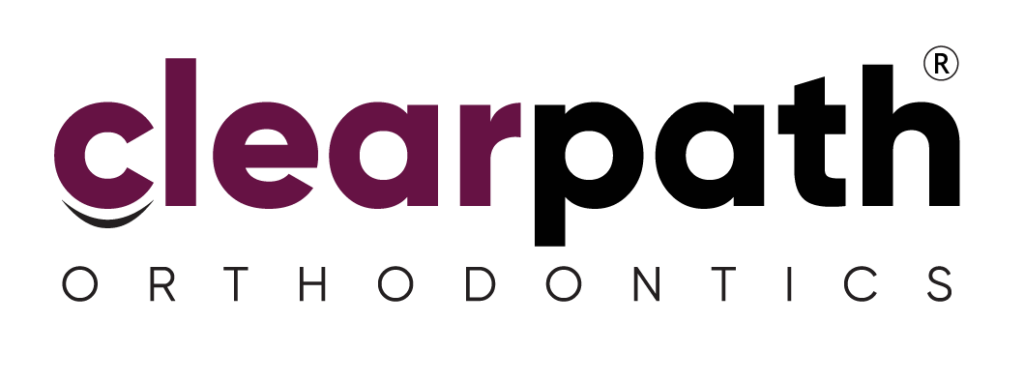Straighten Your Smile
At Any Stage of Life
Are You Too Old for Braces? Not at All
Am I Too Old for Braces? – Debunking Age Myths
One of the most common questions we hear is: The short answer? No. Orthodontic treatment is not age-restricted. While adolescence may be the ideal time to guide jaw development, adults can achieve excellent results with the right care. In fact, adult braces and clear aligners are highly effective in treating crowding, spacing, and bite issues — even in patients aged 30, 40, or 50+.
Your teeth and gums must be healthy, but age itself is not a barrier to treatment.
Braces for Adults vs. Clear Aligners for Adults – Key Differences
When it comes to adult orthodontics, you have two main choices:
-
Traditional Braces: More visible, but highly effective for complex cases.
-
Clear Aligners: Nearly invisible, removable trays tailored to your teeth.
We help you compare braces vs. aligners for adults, so you can choose the path that fits your lifestyle and clinical needs.
Benefits of Adult Braces & Clear Aligners
Investing in your smile has never been easier — or more impactful. Whether you’re aiming for improved oral health, enhanced aesthetics, or a confidence boost, orthodontics can transform your smile and self-esteem.
Clear Aligners for Adults – Discreet, Comfortable, Effective
ClearPath Aligners are a popular choice for adults because they’re:
Invisible in daily life – No metal brackets or wires
Removable – Eat, brush, and floss freely
Custom-fit – Designed using 3D scans and AI-powered treatment planning
Comfortable – Smooth edges reduce gum and cheek irritation
Clear aligners for adults work best for mild to moderate alignment issues — and offer a lifestyle-friendly alternative to traditional braces.
Benefits of Braces for Adults – When Traditional Braces Are Better
For adults with complex bite problems, severe crowding, or rotation issues, traditional braces remain a reliable option. Benefits include:
Precise control over tooth movement
Effective in cases requiring major adjustments
Lower risk of compliance-related delays
Braces are particularly beneficial when consistent wear of aligners may be challenging due to lifestyle or dental habits.
Read More: Clear Aligner Travel Hacks for People on the Go
ClearPath Orthodontics Advantage
As Pakistan’s leading clear aligner expert, ClearPath Orthodontics offers a blend of clinical excellence, technological innovation, and personalized care.
Advanced Digital Workflow & 3D Treatment Planning at ClearPath
At clearpathortho.com, we use a fully digital treatment protocol:
3D scanning (no messy impressions)
AI-driven simulations showing your smile transformation
Remote monitoring options for follow-ups
Doctor portal for seamless communication and case tracking
This approach ensures faster turnarounds, higher accuracy, and a smoother experience.
FDA-approved Aligners in Lahore – Quality Meets Convenience
All ClearPath Aligners are FDA-certified, manufactured in Pakistan using medical-grade materials, and available across Lahore and nationwide. Our centralized lab and local support mean:
Faster delivery times
Greater affordability
Certified ClearPath doctors near you
Treatment Process & Timeline
Understanding how long adult braces or aligners will take is key to making an informed decision.
How Long Do Adult Braces Take? (6–18 months typical)
On average, adult orthodontic treatment can take 6 to 18 months, depending on:
Case complexity
Type of appliance (braces vs. aligners)
Patient compliance
Desired final outcome
ClearPath offers tailored treatment plans with visual timelines, so you always know what to expect.
Best Age to Get Braces as an Adult – Why It’s Never Too Late
The best time to start is when you’re ready. Whether you’re 25 or 55, it’s never too late to straighten your smile. Adult patients often have the motivation and discipline to follow through on treatment successfully — especially with support from ClearPath’s tech-enabled care model.
Cost & Financing Options
At ClearPath Orthodontics, we believe everyone deserves a confident smile — without financial stress.
Affordable Payment Plans for Adults | ClearPath Transparency
We offer flexible installment options so you can begin treatment immediately and pay over time. Our pricing includes:
Initial 3D scan and consultation
Full set of aligners or braces
Refinements and progress reviews
Retainers post-treatment
We believe in full transparency — no hidden fees.
Invisible Braces Cost in Lahore – What to Expect
Clear aligners in Lahore generally range from PKR 150,000 to PKR 400,000, depending on your case. For a detailed breakdown, visit our Invisible Braces Cost in Lahore page.
Braces for adults may cost slightly less but involve more clinic visits and maintenance.
Conclusion: Your Smile Has No Expiry Date
You’re never too old to invest in your smile. With modern tools like ClearPath’s FDA-approved aligners and digital planning, adult orthodontics has become smarter, faster, and more accessible than ever.
Visit clearpathortho.com to begin your journey today — or schedule a consultation with one of our certified ClearPath doctors near you.
FAQs
Can Adults Get Clear Aligners?
Yes. Clear aligners are an excellent option for adults looking for discreet, effective orthodontic treatment without the hassle of wires or brackets. Learn more at clearpathortho.com.
Braces After 30 / 40 / 50 – Is It Too Late?
Not at all. Adults of all ages can benefit from orthodontic treatment. If your teeth and gums are healthy, there’s no upper age limit to getting a straighter smile.
Clear Aligners vs Braces for Adults – Which Is Best?
It depends on your goals, case complexity, and lifestyle. Clear aligners are ideal for aesthetics and flexibility, while traditional braces are better for complex or compliance-sensitive cases. ClearPath providers will help you choose the best solution.
